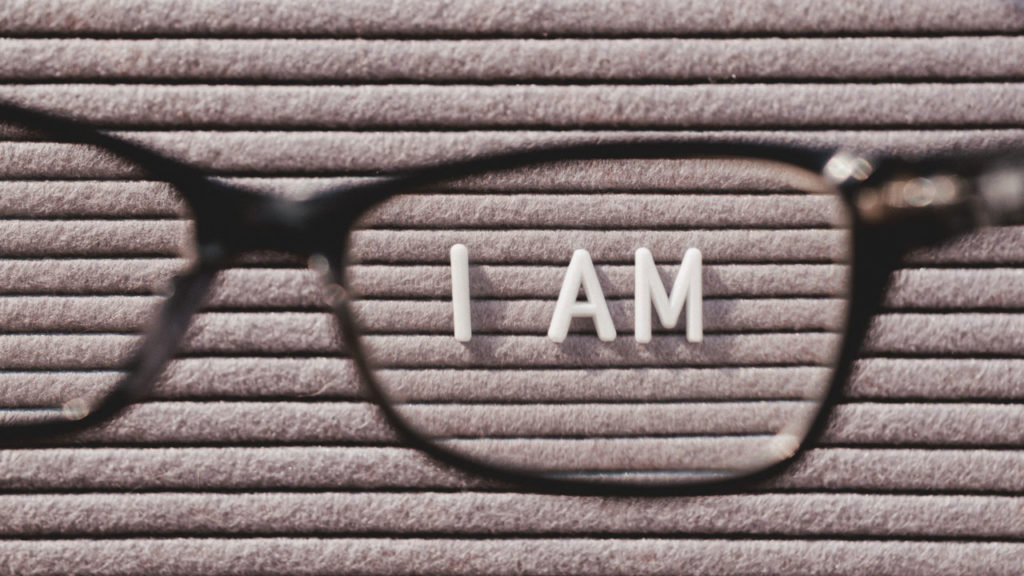In Ontario, the Human Rights Code (the “Code“) prohibits discrimination on a number of grounds including sex, family status, gender identity, and gender expression.
Despite these protections, we live in a world where global headlines still include “Transgender America: 30 Killed and Fatally Shot Already in 2020[1]“, “Teacher Fired over Transgender Pronoun Fight Files Suit[2]“, “Man arrested for allegedly spitting on transgender woman in subway[3]“, and “Activist who raised awareness for transphobia murdered in Toronto[4]“.
These articles discussed, respectively, (i) how 2020 was the most violent year for transgender people in America over five years, (ii) the firing of a teacher who refused to use a transgender student’s preferred pronoun, (iii) the story of a trans woman who was spit on, hit, and called transphobic slurs on the subway in New York City, and (iv) the murder of a trans activist in Toronto. These stories were all published between October, 2019 and October, 2020. Otherwise said, this is not “old news”.
What Does Gender Really Mean?
Discrimination based on sex, gender identity and gender expression is not as binary as being discriminated against because you are a woman or a man. In June, 2012, Ontario added the protected grounds of gender identity and gender expression to the Code. But, what do these terms mean? A little education can go a long way.
While the Code does not expressly define the grounds of gender identity, gender expression or sex, the Ontario Human Rights Commission (“OHRC“) provides valuable guidance with respect to understanding these key terms. Sex is the anatomical classification of people as male, female, or intersex, usually assigned at birth. Gender identity is a person’s internal and individual experience of gender. It is a person’s sense of being a woman, a man, both, or neither, or anywhere along the gender spectrum.
Discrimination based on sex, gender identity and gender expression is not as binary as being discriminated against because you are a woman or a man.
A person’s gender identity may be the same as or different from their birth-assigned sex. Notably, a person’s gender identity is fundamentally different from, and not related to, their sexual orientation. Gender expression is how a person publically expresses or presents their gender. This can include behaviour and outward appearance such as dress, hair, makeup, body language and/or voice. A person’s chosen name or pronoun are also common ways of expressing gender. Trans or transgender is an umbrella term referring to people with diverse gender identities and expressions that differ from stereotypical gender norms. It includes, but is not limited to, people who identify as transgender, trans woman (male to female), trans man (female to male), transsexual, cross-dressers or gender non-conforming, gender variant or gender queer.[5]
Is Gender Discrimination Really That Bad?
Unfortunately, discrimination comes in all shapes and sizes such that words like bias, prejudice, stereotyping, transphobia and cisnormativity are everyday words in certain circles. According to a source cited by the OHRC[6], 98% of trans-Ontarians reported at least one experience of transphobia; nearly 75% of trans people have been made fun of for being trans; over 25% have experienced physical violence because they were trans; nearly 25% reported being harassed by police; and trans women experience transphobia more often than trans men.[7]
Discrimination happens when a person experiences negative treatment or impact, intentional or not, because of their gender identity or gender expression. It can be direct, obvious, subtle or hidden, but painful and harmful just the same.[8]
Harassment can be a form of discrimination which can include sexually explicit or other inappropriate comments, questions, jokes, name calling, images, email messages or social media postings.[9]
What About Gender Equality at the Organization Level?
The Code recognizes that everyone has the right to define their own gender identity. Trans people should be recognized and treated as the gender in which they live, whether or not they have undergone surgery, or their identity documents are up to date.[10]
The OHRC provides good guidance for organizations. From an organizational perspective, organizations should have a valid reason for collecting and using personal information that identifies one’s gender. They should keep this information confidential. The OHRC provides guidance that trans people should have access to washrooms, change rooms and other gender-specific services and facilities based on their lived gender identity (i.e., meaning the gender with which they identify). Dress code policies should be inclusive and flexible. They should not prevent trans people and others from dressing according to their lived gender identity or their expressed gender.[11]
Education is also crucial to understanding, acceptance and equality. Diversity and inclusion should not just be a buzz word for the year 2021. Diversity refers to the traits and characteristics that make people who they are or themselves. It refers to the practice of involving people from a range of different backgrounds and perspectives. Inclusion refers to the behaviours and social norms that ensure people are included and feel welcome.
On December 10, 2019, Global News published a story with the following headline “Toronto Police Service Hires First Openly Transgender Officer[12]“. Global News interviewed Constable Danielle Bottineau, LGBTQ Liaison Officer for the Toronto Police. Constable Bottineau said “we’ve had our ups and downs” but that she was “happy in the direction that we are going”.
On its face, this feels like a good news headline, but we should ask ourselves, are we doing enough? In keeping with our theme for International Women’s Day, let’s “Choose to Challenge“.
[1]Source: Forbes, October 2, 2020 at: https://www.forbes.com/sites/jamiewareham/2020/10/02/30-trans-woman-have-now-been-violently-murdered-in-america-in-2020/?sh=31474e5264a4
[2] Source: The New York Post, October 1, 2019: article at: https://nypost.com/2019/10/01/teacher-fired-over-transgender-pronoun-fight-files-suit/
[3] Source: CNN, February 1, 2020: article at: https://www.ctvnews.ca/world/man-arrested-for-allegedly-spitting-on-transgender-woman-in-subway-1.4793636/
[4] Source: The Globe and Mail, December 26, 2019 at: https://www.theglobeandmail.com/canada/toronto/article-activist-who-raised-awareness-about-transphobia-murdered-in-toronto/
[5] Source: Ontario Human Rights Commission: http://www.ohrc.on.ca/en/gender-identity-and-gender-expression-brochure (“OHRC Brochure”)
[6] Source: Ontario Human Rights Commission cites Ontario-based Trans PULSE Survey (R. Longman et al., Experience of Transphobia among Trans Ontarians. Trans PULSE e-Bulletin, 7 March, 2013. 3 (2), online: Trans PULSE www.transpulseproject.ca
[7] Source: Ontario Human Rights Commission: http://www.ohrc.on.ca/en/policy-preventing-discrimination-because-gender-identity-and-gender-expression/4-bias-and-prejudice
[8] Source: OHRC Brochure
[9] Ibid.
[10] Ibid.
[11] Ibid.
[12] Source: Global News, December 10, 2019: article and interview at: https://globalnews.ca/news/6279112/toronto-police-myles-glazier/










